

References & Resources
-
Handbook for the CPRE Foundation Level according to the IREB Standard
This handbook provides an introduction to Requirements Engineering based on the syllabus version 3.0 for the Certified Professional for Requirements Engineering (CPRE)—Foundation Level according to the IREB standard.
It complements the syllabus and addresses three groups of readers:
Students and practitioners who want to learn about Requirements Engineering and take the certification exam can use this handbook as a companion book to training courses offered by training providers, as well as for self-study and individual preparation for the certification exam. This handbook may also be used to refresh existing knowledge about Requirements Engineering, for example, when preparing for a CPRE Advanced Level course and exam.
Training providers who offer trainings on the CPRE Foundation Level can use this handbook as a complement to the syllabus for developing their training materials or as a study text for the participants in their trainings.
Professionals in industry who want to apply proven RE concepts and knowledge in their practical work will find a wealth of useful information in this handbook.
This handbook also provides a link between the syllabus, which lists and explains the learning objectives, and the literature on Requirements Engineering. Every chapter comes with references to the literature and hints for further reading. The structure of the handbook matches the structure of the syllabus. The terminology used in this handbook is based on the CPRE Glossary of Requirements Engineering Terminology [Glin2020].
We recommend downloading this glossary from the IREB website and use it as a terminology reference. You find more information about the CPRE certification program, including the syllabi, glossary, examination regulations and sample exam questions on the IREB website at https://www.ireb.org.
관리자 2020-11-20 HIT : 0 -
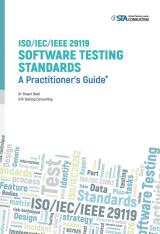
[A Practitioner's Guide] ISO/IEC/IEEE 29119 SOFTWARE TESTING STANDARDS
This book explains the use of ISO/IEC/IEEE 29119 in various fields throughout the world and helps guide practitioners to apply the basic test process to the work of the relevant test documentation and the preparation of the relevant test documents.
관리자 2017-09-04 HIT : 0 -

Practical Software Test Guide
It published the " Test of Understanding and Need " theory, which is considered to be ‘ easy to understand ’ in consideration of the context of software companies. Also, the software quality officer was filled with contents that could be applied voluntarily to practical practice.
Two parts were comprised of two sections, 15 chapters, 5 annexes, and mainly used illustrations and tables to convey easy explanations and content.관리자 2017-09-04 HIT : 0 -
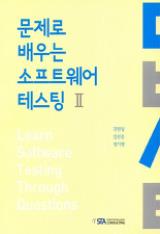
Learn Software Testing through Questions Ⅱ
The theory of testing, practice, and ISTQB was constructed in the back of the testing system so that readers can comprehend problems that are difficult to comprehend in books and education.
In particular, the commentary on issues is helpful in maintaining a wide range of opinions, helping to maintain balance between theory and practice. For each chapter, the learning objectives of the CTFL silvers and level of the knowledge have been assisted.관리자 2017-09-04 HIT : 0 -
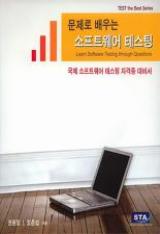
Learn Software Testing through Questions
The only qualification document for the qualification of the ISTQB test, which is optimized for ISTQB testing.
Through the ISTQB qualification test, we can accurately learn the theory of testing, practice, and ISTQB knowledge system, and solve the problem by solving problems that are difficult to master accurately through books and education.
It also helps you understand the practical and in-depth knowledge of testing knowledge by providing a lot of hands-on details.관리자 2017-09-04 HIT : 0 -
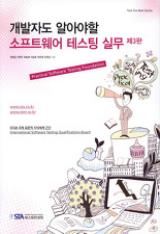
Practical Software Testing Foundation Ⅲ
The so-called "Software Testing Practices" which also referred to as "Gaal" was finally published in the third edition.
The updated edition of the revision was reflected in the International Software Testing Standards ISO/IEC 29119, and the introduction of a test strategy and case elicitation was presented in case of a more immediate application.관리자 2017-09-04 HIT : 0 -
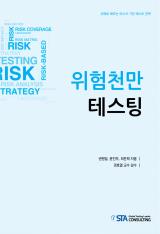
RISK-BASED TESTING
The " hazardous testing " book describes mostly as a case of focusing on establishing risk-based testing strategies.
In other words, the reader will be able to implement a high-risk, user-specific test by presenting a solution that can overcome the various situations and difficulties that will be encountered through the author's ample experience and tricks.
관리자 2017-09-04 HIT : 0

